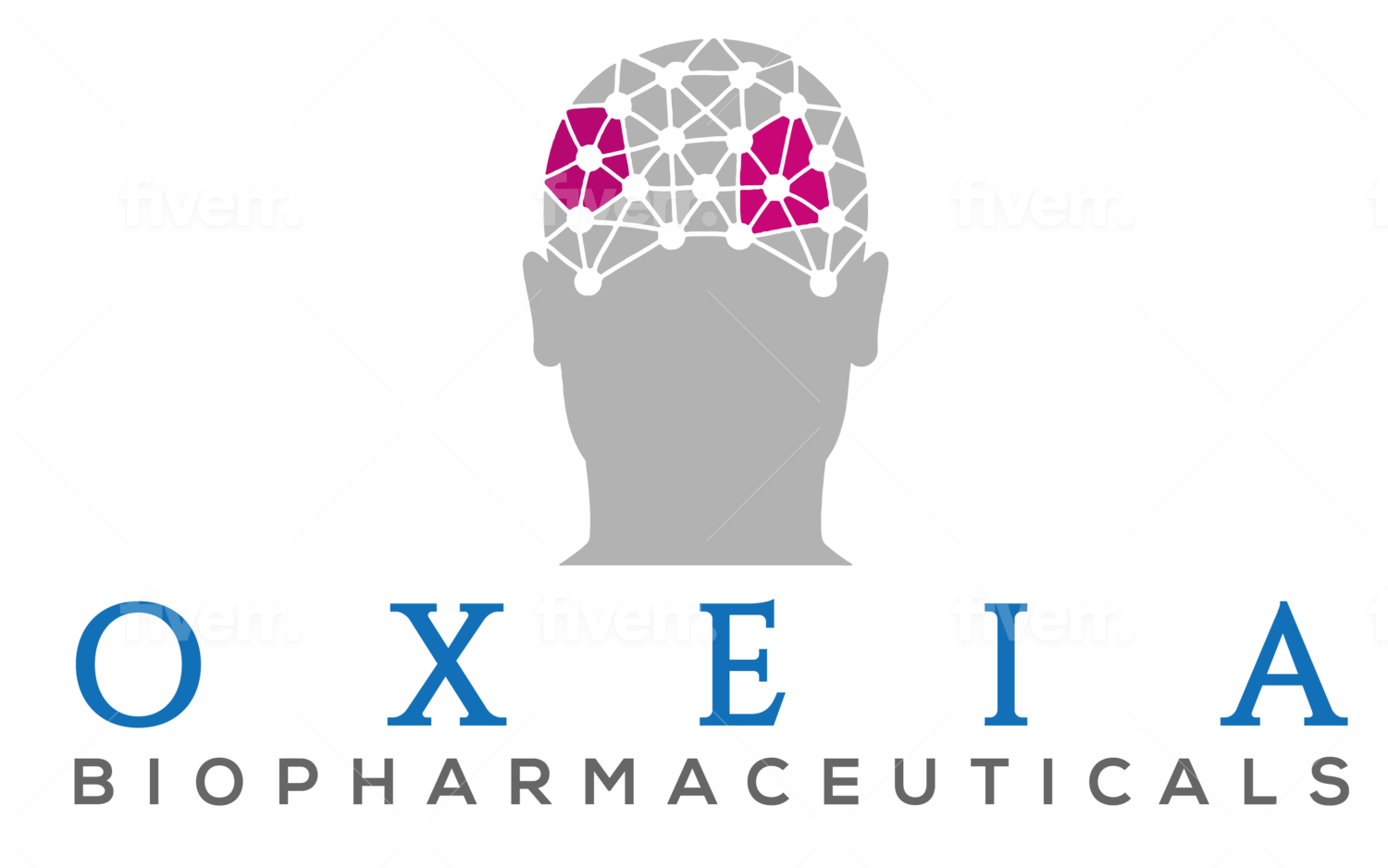School Spring Sports and Concussion
A recent MedStar Health survey showed that concussion safety is top of mind for parents heading into spring sports season. 93% have concerns about concussions compared to just over half of parents in a 2019 study. The survey of parents also found that 91% believed that coaches should have concussion protocol and CPR training.
At the same time that parents have a heightened awareness of the possible long-term and often debilitating effects of concussions, the study also revealed a, perhaps, surprising confusion over concussion management. According to the study a vast majority, 89% of respondents believe that it’s essential to stay awake after sustaining a concussion. In fact, keeping concussion patients awake or waking them every hour or two was the standard of care up until about a decade ago. Today, CT and MRI scans can rule out a more serious injury.
65% of respondents also believe that helmets prevent concussions. While some product manufacturers make this claim, studies don’t back up this claim. Helmets are, in fact, designed to decrease the possibility of a skull fracture or serious injury to the brain. Believing that helmets are concussion-proof can lead to players taking greater risks, increasing their chances of sustaining a head injury.
Despite increased media attention to concussions, almost half of the respondents believed that concussions occur solely from a direct hit to the head. Concussions can be caused by a hit to the head or a rapid acceleration-deceleration movement that causes the brain to bounce around inside the skull. We commonly think of these jolts to the head occurring in car accidents with whiplash, but they are common in many sports, as well.
On a positive note, the survey results indicate that a vast majority of respondents understand that athletes need to be taken out of play or practice after sustaining a concussion. However, 13% believed that an athlete can stay in the game after a head injury if they don’t lose consciousness. According to the Centers for Disease Control, most people do not lose consciousness after a concussion.
The heightened parental awareness of the seriousness of concussion is a positive step, but as this survey reveals there is still work to be done to further parents’ understanding of how concussions are sustained, the effectiveness of helmets and treatment post-concussion. When an athlete sustains a concussion he or she should be seen by a doctor for tests and possible referral to specialists. Instructions from the doctor(s) should be followed carefully and athletes should not return to play until a doctor with concussion experience clears the athlete to participate in athletic activities again. Learn more at the CDC’s Heads Up for Sports website.
At the same time that parents have a heightened awareness of the possible long-term and often debilitating effects of concussions, the study also revealed a, perhaps, surprising confusion over concussion management. According to the study a vast majority, 89% of respondents believe that it’s essential to stay awake after sustaining a concussion. In fact, keeping concussion patients awake or waking them every hour or two was the standard of care up until about a decade ago. Today, CT and MRI scans can rule out a more serious injury.
65% of respondents also believe that helmets prevent concussions. While some product manufacturers make this claim, studies don’t back up this claim. Helmets are, in fact, designed to decrease the possibility of a skull fracture or serious injury to the brain. Believing that helmets are concussion-proof can lead to players taking greater risks, increasing their chances of sustaining a head injury.
Despite increased media attention to concussions, almost half of the respondents believed that concussions occur solely from a direct hit to the head. Concussions can be caused by a hit to the head or a rapid acceleration-deceleration movement that causes the brain to bounce around inside the skull. We commonly think of these jolts to the head occurring in car accidents with whiplash, but they are common in many sports, as well.
On a positive note, the survey results indicate that a vast majority of respondents understand that athletes need to be taken out of play or practice after sustaining a concussion. However, 13% believed that an athlete can stay in the game after a head injury if they don’t lose consciousness. According to the Centers for Disease Control, most people do not lose consciousness after a concussion.
The heightened parental awareness of the seriousness of concussion is a positive step, but as this survey reveals there is still work to be done to further parents’ understanding of how concussions are sustained, the effectiveness of helmets and treatment post-concussion. When an athlete sustains a concussion he or she should be seen by a doctor for tests and possible referral to specialists. Instructions from the doctor(s) should be followed carefully and athletes should not return to play until a doctor with concussion experience clears the athlete to participate in athletic activities again. Learn more at the CDC’s Heads Up for Sports website.
